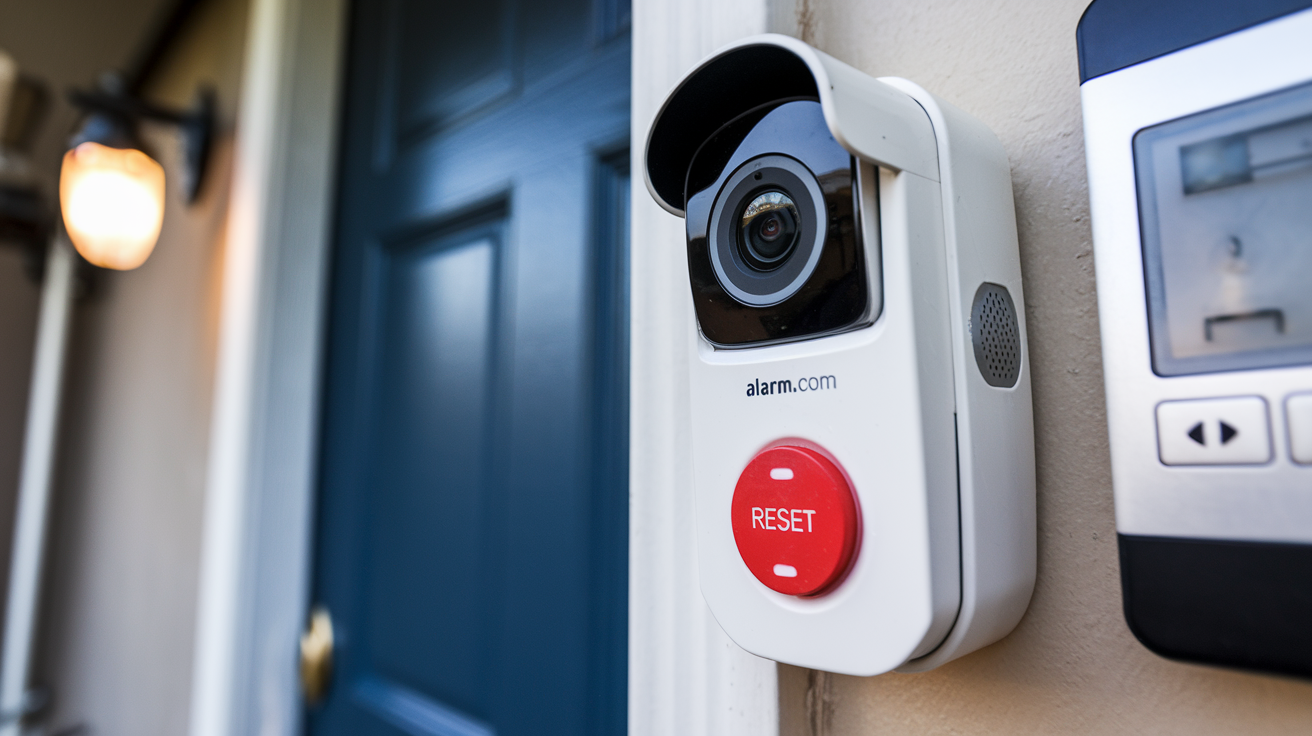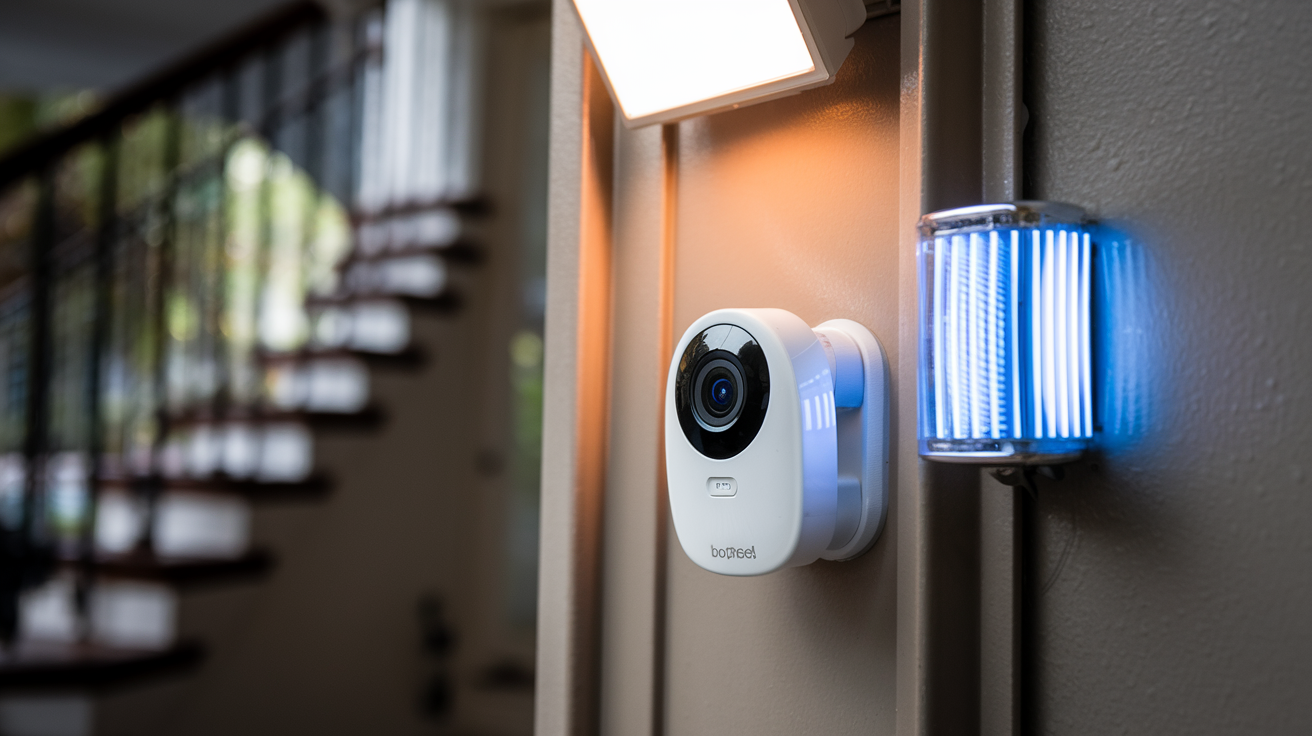There is nothing more satisfying than waking up to the information that your house is wired with the alarm system. But it can also be inconvenient at times if you do not know how to disable the system when approaching your house. Disarming the alarm can cause it to go off at the wrong time and attract penalties such as fines or even suspension of service by the monitoring firm. Below is a guide on how to properly disarm most of the home alarm systems:
Step 1: Access is through specific entry points.
The majority of Home Security Systems are programmed to open for a specific entry/entry, commonly the front door, back door, or garage door. These doors come with a feature that allows them to notify the alarm panel that the homeowner is coming or going in case the alarm is to go off each time the owner enters or exits the home.
Thus, before disarming your system, make sure to use only these doors for entry. The intruder might open the window or some other part of the house and this will set the alarm off.
Step 2: Shut Down Any Perimeter Sensors
If your system involves perimeter protection such as door and window contacts as well as motion detectors, ensure to turn off these gadgets first before turning off the main system. This helps them not to notice movement and set off the alarm when you are resetting the main panel.
Some systems also have a button located close to the entrance door and you can use it to cancel the function of the perimeter sensors for a limited time, typically 20-30 seconds. If the specified feature is not available in your system, then you may be required to switch off the perimeter alarms at the main console before gaining entry into the building.
Step 3: Disarm the System at the Alarm Panel
Once any perimeter sensors are deactivated you can turn off your main alarm system at the control panel normally located near the door. Initially, one must check to see if the ‘Ready’ or ‘Armed’ light is blinking to indicate that the alarm is on.
Then type in your secret passcode into the keypad of the alarm panel. This will be a 4 to 6-digit numerical code that you have set before the process. Remember to key in the correct family code since most family members are likely to have their own codes.
Wait for the sound confirmation that will signal the system as disarmed. The ‘Ready’ or ‘Armed’ light should turn off, indicating that the system is now in the home mode. If you are entering your code with a keyboard, be quick when doing this as there are times the system will read it as a mistake and trigger an alarm.
Step 4: Re-enable Perimeter Sensors
Do not forget to reset any of the perimeter sensors or contacts when the main system is turned off. There might be another button for this one near the keypad or somewhere else on the device. To reactivate protection for your doors, windows, and motion sensors, you need to enable these sensors.
One of the most common causes of false alarm trips is the failure to re-enable perimeter sensors. Therefore, ensure that you switch them back on once the main panel is disarmed to ensure that your home is protected.
Step 5: Diagnose faults or errors
Now and then, the alarm panel will produce a fault tone, an error light will flash, or a particular diagnostic code will appear on the screen of the panel after trying to disarm it. It often means an issue such as an open door or window, low system battery, or a lack of communication with sensors.
Start by examining your doors and windows first to ensure that they are well closed as you check for any abnormalities. It is always wise to check for the presence of any signs of an intruder before concluding that it is a mere system glitch. Then try to disarm the system when you are closing from your home or work as well.
If the fault goes on, write down any fault codes that appear on the screen and get help from your alarm monitoring firm. No matter how frequent system errors may be, it is always wrong to disregard them because they point toward a broader problem that needs fixing.
Additional Helpful Ideas for Disarming Complicated Alarms
More elaborate measures are used in some alarm systems that can cause a lot of problems for homeowners who want to disarm them. Here are some tips for smoothly disarming these trickier systems:
Dual Code Systems: In addition to the previous panels, there are two codes needed to completely turn off the system. The first code turns off the perimeter and interior motion sensors while the second code turns off the entire system.
Counting Down Timers: Some panels have a counting down timer of 30-60 seconds in which one has to either enter the correct code to disarm the system or an extremely loud alarm will sound. Ensure you use your code as soon as possible and do not wait for any time at all.
Silent Alarms: One wrong push on a button and you set off a silent code duress alarm, which quietly informs your monitoring company of the presence of an intruder or an emergency. All the family members must be aware of the right code of conduct.
Multi-Area Systems: Larger homes may split the alarm into sections that require disarming at different panels of the two or more panels. Ensure that the corresponding areas you frequent are demilitarized.
It is important to understand the technology that has been used in your home alarm system and the architecture of your home to avoid mishaps when disarming the system. If you are unsure about safely disarming your home security system, you should always check with your installer or your monitoring company. Regardless of the specifics of your alarm system, these fundamental controls should enable you to disarm most home alarm systems with relative ease.
Protect your home today with ADT’s top-rated security solutions!
Call now at +1 877-470-7879 to get a free consultation and find out how you can secure your home with the best in the business. Don’t wait—ensure your peace of mind with ADT!






